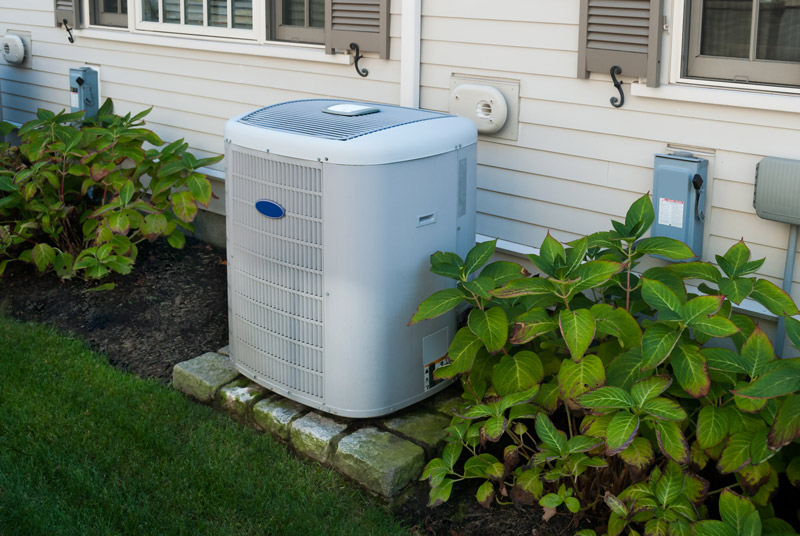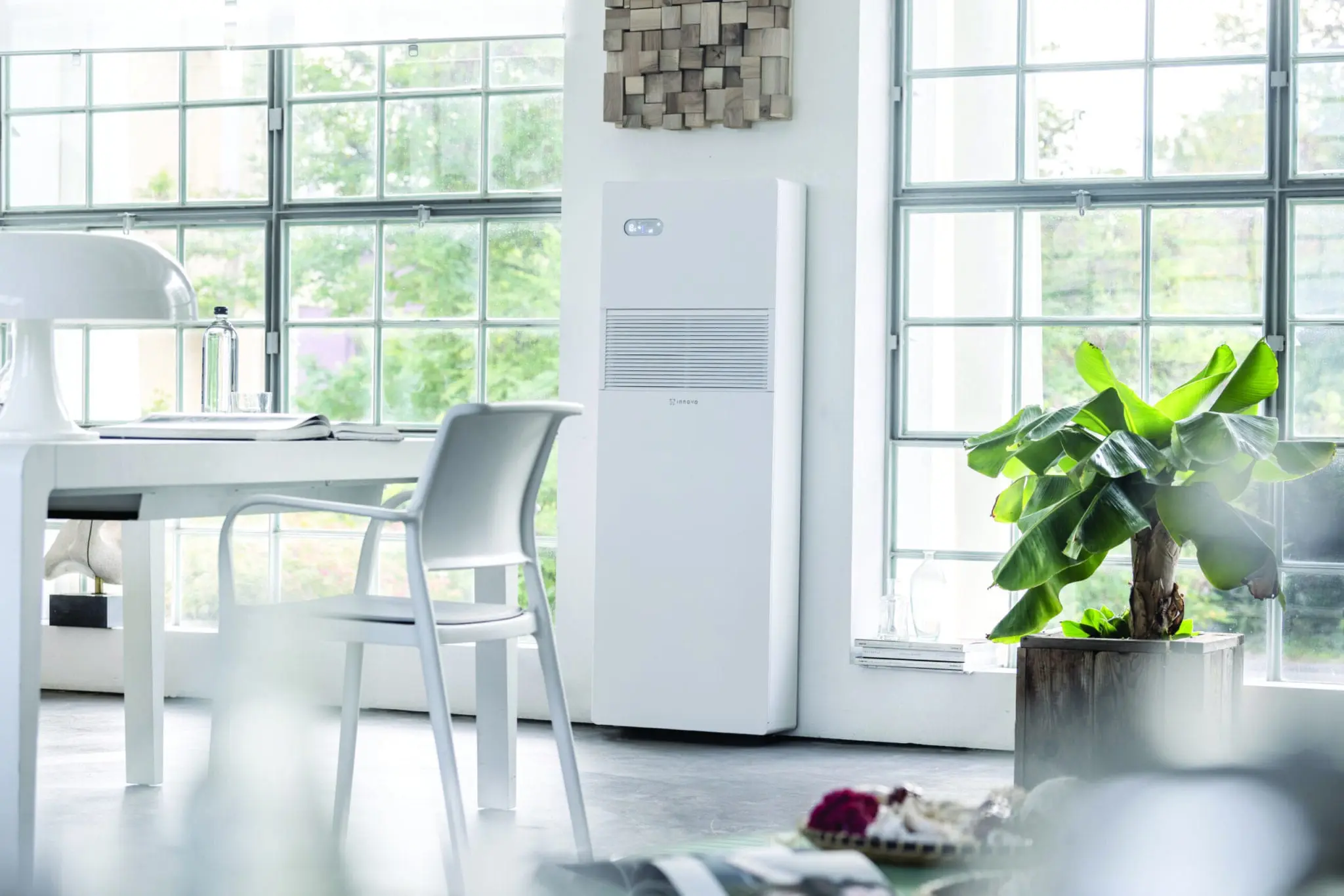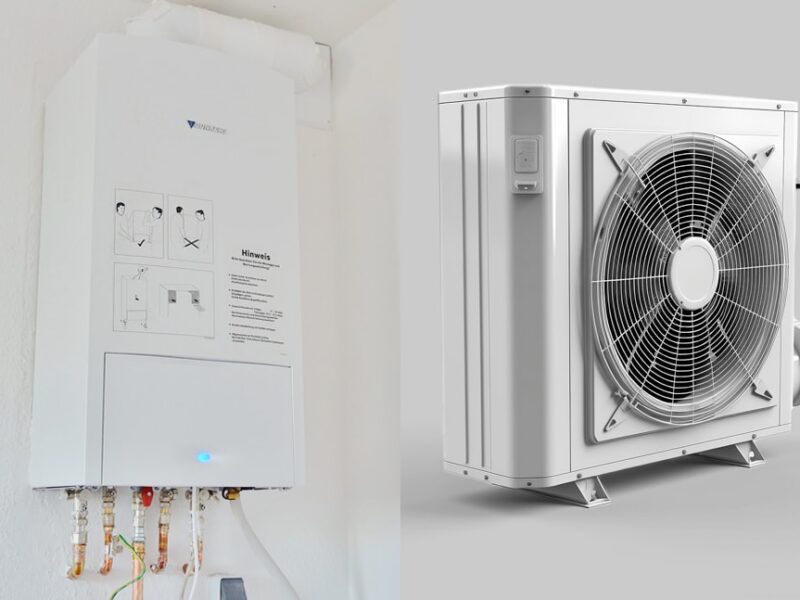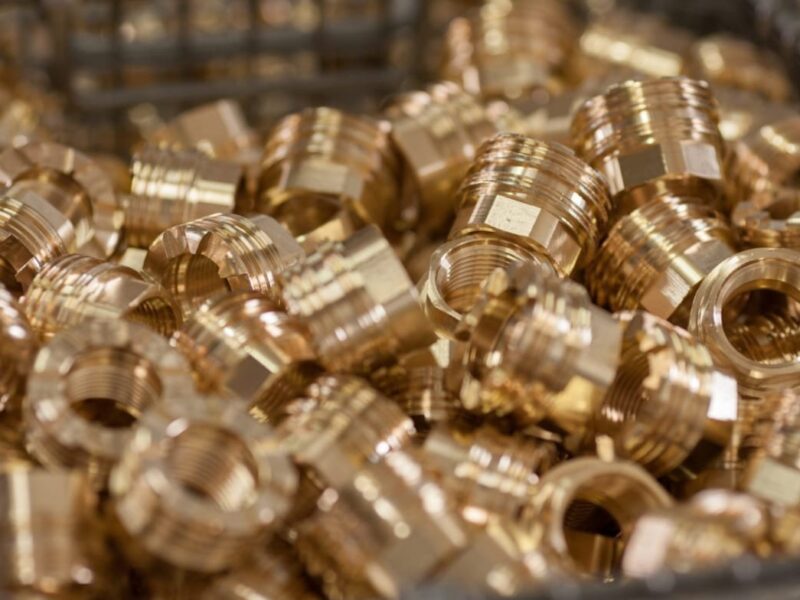Selecting the right air conditioning (AC) system for your home is key to maintaining a comfortable living environment while keeping energy costs in check. The right system balances cooling capacity, energy efficiency, and maintenance requirements to provide long-term comfort and savings. This guide covers the top factors to consider when choosing an AC system that meets your needs.
1. Cooling Capacity
Cooling capacity is one of the most critical aspects of choosing an AC unit. Measured in British Thermal Units (BTUs), the capacity should align with the size of the space it needs to cool.

Why It Matters:
- Undersized Units: Will struggle to cool the space effectively, running continuously and driving up energy bills.
- Oversized Units: Will cool the room too quickly, leading to short-cycling, inefficient energy use, and potential humidity issues.
How to Determine the Right Capacity:
- Room Size: Calculate the square footage of the space. For example, a room of up to 150 sq. ft. typically requires an AC unit with around 5,000 BTUs.
- BTU Guidelines:
- 150-300 sq. ft.: 6,000-8,000 BTUs
- 300-450 sq. ft.: 8,000-10,000 BTUs
- 450-550 sq. ft.: 10,000-12,000 BTUs
- Larger Spaces: Consider central air conditioning or multiple units.
- Climate Considerations: In hotter climates, you may need to increase the BTU rating by 10-20% for optimal cooling.
2. Energy Efficiency
Energy efficiency should be a priority to ensure long-term savings on electricity bills and minimize environmental impact.
Efficiency Ratings:
- SEER (Seasonal Energy Efficiency Ratio): Measures the energy efficiency of an AC system over a typical cooling season. A higher SEER rating indicates better efficiency. Aim for a SEER rating of at least 14-16 for modern systems, with high-efficiency models ranging from 20+.
- EER (Energy Efficiency Ratio): Represents the efficiency of an AC at a specific outdoor temperature. Higher EER ratings indicate better performance during peak conditions.
Benefits of High-Efficiency Units:
- Lower Operating Costs: Higher SEER and EER ratings mean the unit consumes less electricity, reducing energy bills.
- Eco-Friendliness: Energy-efficient units have a smaller carbon footprint and help promote environmental sustainability.
- Potential Rebates: Some energy-efficient units may qualify for government or local rebates, lowering the initial investment.
Features to Look For:
- Inverter Technology: Allows the AC to adjust its speed based on cooling demand, enhancing efficiency and comfort.
- Energy Star Certification: Units with this certification meet strict energy efficiency guidelines set by the Environmental Protection Agency (EPA).
3. Types of Air Conditioning Systems
The type of AC system you choose should align with your home’s layout, cooling needs, and budget.
Central Air Conditioning:
- Best For: Large homes requiring consistent cooling across multiple rooms.
- How It Works: Uses ductwork to distribute cool air throughout the home.
- Pros: Provides uniform cooling, can be paired with a heating system.
- Cons: Higher initial installation costs and requires maintenance of the duct system.
Ductless Mini-Split Systems:
- Best For: Homes without existing ductwork or spaces requiring individual temperature control.
- How It Works: Comprises an outdoor unit connected to one or more indoor units.
- Pros: High energy efficiency, zoned cooling, easy installation.
- Cons: Higher upfront cost compared to window units.
Window Units:
- Best For: Small to medium-sized rooms or apartments.
- How It Works: Fits in a window frame and cools the room directly.
- Pros: Affordable, easy to install.
- Cons: Less efficient than larger systems and may block windows.
Portable Air Conditioners:
- Best For: Temporary cooling solutions or small spaces.
- How It Works: Can be moved from room to room, with a hose vented through a window.
- Pros: Versatile and easy to set up.
- Cons: Generally less efficient than other types and can be noisier.

4. Maintenance Needs
Regular maintenance is essential for keeping your AC system running efficiently and prolonging its lifespan.
Routine Maintenance Tips:
- Change or Clean Filters: Replace or clean filters every 1-3 months to improve airflow and energy efficiency.
- Inspect Coils: Dirty coils reduce cooling capacity. Clean the coils at least once a year.
- Check Refrigerant Levels: Low refrigerant can affect cooling efficiency and damage the system.
- Clear Drain Lines: Prevent clogs that can cause water damage or reduce system efficiency.
- Schedule Professional Servicing: Have a professional inspect the system annually for potential issues and tune-ups.
Maintenance Differences:
- Central Systems: Require regular inspection of both the AC unit and ductwork.
- Ductless Systems: Easy to maintain with fewer components but still need filter cleaning and coil checks.
- Portable and Window Units: Simple to maintain but should be stored properly during off-seasons.
5. Budget Considerations
When choosing an AC system, it’s essential to consider both the initial investment and the long-term costs of operation and maintenance.
Initial Costs:
- Window Units: Most affordable upfront, typically ranging from $150 to $500.
- Ductless Mini-Splits: More expensive, with costs starting around $1,000 per unit and installation fees.
- Central Systems: Can range from $3,000 to $7,000, including installation.
Long-Term Costs:
- Energy Efficiency: Investing in a high-SEER unit can save on energy bills over time.
- Maintenance: Budget for regular servicing to keep the system efficient and extend its lifespan.
- Potential Repairs: Ductless and portable units may have lower repair costs due to fewer components.

Conclusion
Selecting the right air conditioning system involves evaluating cooling capacity, energy efficiency, type of system, and maintenance needs. By carefully considering these factors, you can choose a unit that provides long-term comfort and savings. Whether opting for a central system, a ductless mini-split, or a simpler window unit, prioritizing energy efficiency and proper maintenance will ensure your home stays cool and your energy bills stay manageable.


